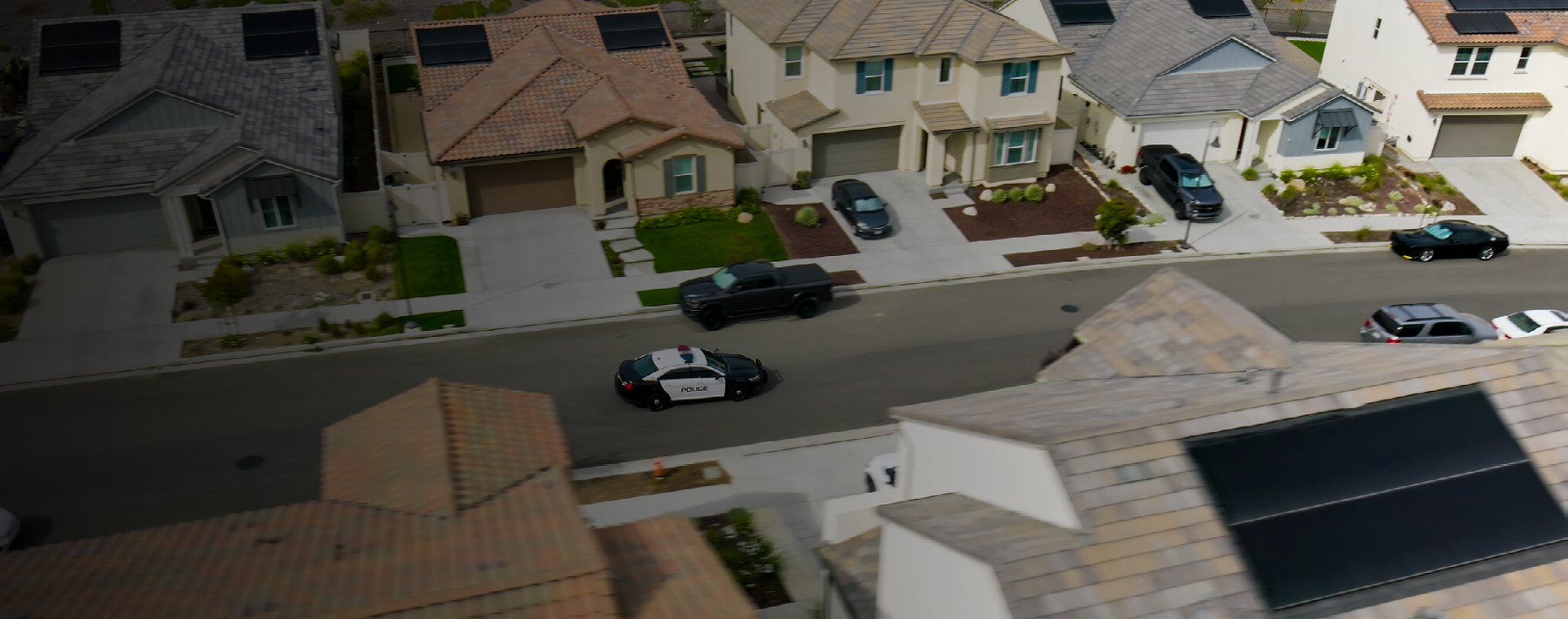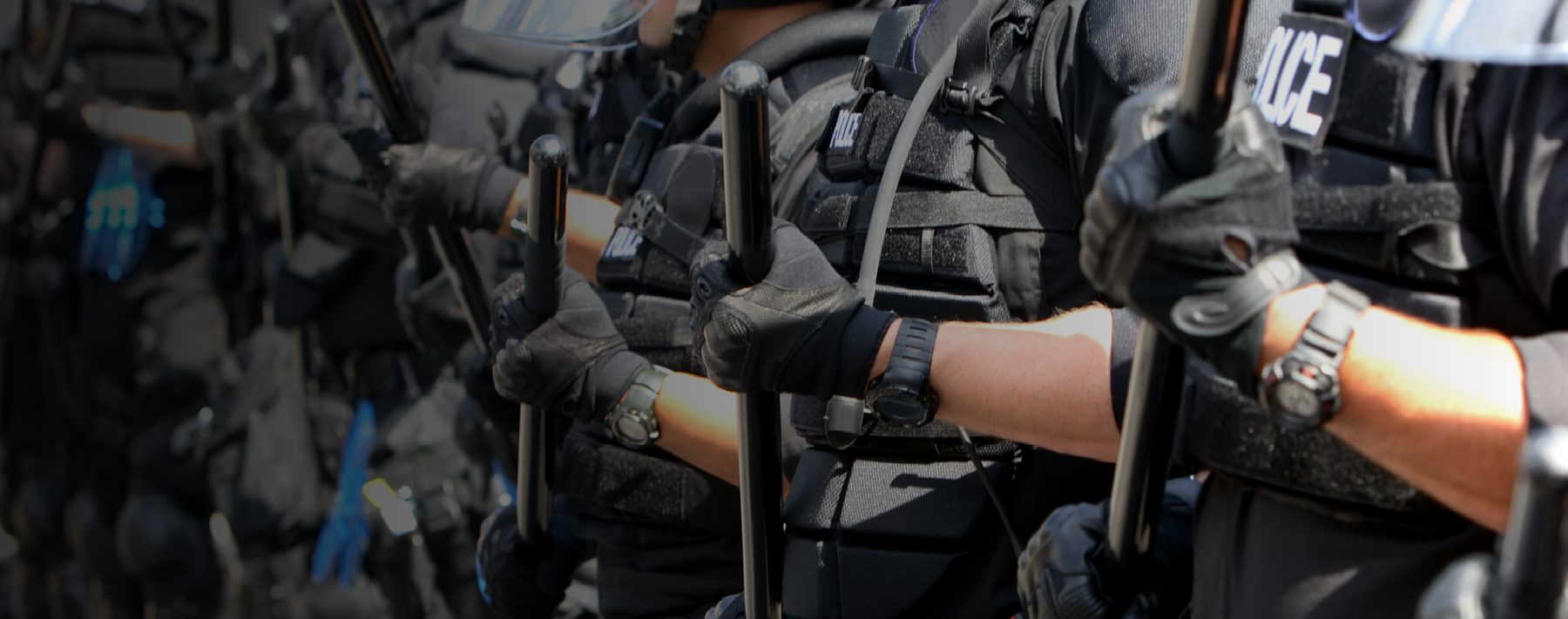United States v. Chatrie, 2024 WL 3335653 (4th Cir. 2024)
A suspect armed with a gun robbed a credit union in Midlothian, Virginia, stealing $195,000 from the vault. The suspect was far gone before officers could respond. Security video and witness interviews failed to identify the suspect. A detective watching the security video noticed the suspect had carried a cell phone during the robbery. He obtained a geofence warrant to compel Google to provide cell phone location data.
The warrant drew a geofence with a 150-meter radius covering the credit union. The warrant stated the three-step process by which investigators would obtain location information from Google. First, Google would provide anonymized Location History information for all devices that appeared within the geofence from 30 minutes before to 30 minutes after the robbery. This information would list positioning data for each cell phone that matched the search criteria, with accounts identified by an anonymous code. Second, investigators would use location and time information to winnow down the list of numbers, requesting location information (unbounded by the geofence) for “devices of interest.” Third, investigators would again shorten the list, and Google would provide the username and other identity information for the owners of the requested accounts.
Google first provided 209 location data points from 19 accounts that appeared within the geofence during the time period around the robbery. The detective requested additional information from nine of those accounts. Google provided 680 data points from these accounts over the period of an hour before and after the robbery. After further examination, the detective requested subscriber information for three accounts. One of these accounts belonged to Okello Chatrie; the location data showed his phone was in the vicinity of the bank during the robbery. After further investigation, Chatrie was charged with the robbery. He asked the court to suppress the evidence obtained via the geofence warrant.
The trial court denied Chatrie’s motion to suppress. Though the court had concerns about the threat geofence warrants pose to user privacy, it declined to resolve whether the geofence evidence was obtained in violation of the Fourth Amendment. Instead, the court relied on the good-faith exception to the exclusionary rule to reject the suppression motion. Chatrie entered a conditional guilty plea and appealed the denial of his request to suppress the geofence evidence.
Those who have been reading Xiphos for the past two decades know this is an evolving area of the law. Technology takes leaps forward and courts move much more slowly to address the Fourth Amendment limitations on the cornucopia of information sprouting from our mobile phones and other devices.
For decades, officers relied on the “reasonable expectation of privacy” test made famous by Justice Harlan’s concurrence in Katz v. United States (389 U.S. 347 (1967)). Then along came a major shift 12 years ago as the Supreme Court harkened back to the historical bedrock trespass theory of Fourth Amendment rights in United States v. Jones (565 U.S. 400 (2012)). In Jones, the Supreme Court held that attaching a GPS tracking device to Jones’ car and monitoring the vehicle’s movements over a 28-day period constituted a search under the Fourth Amendment. In the majority opinion, the late Justice Scalia cited a long line of property rights precedent dating back to 1886. The majority held the search occurred because agents “physically occupied private property for the purpose of obtaining information,” essentially trespassing on property rights. Concurring justices rejected this “trespass-based theory,” reasoning instead, “the use of longer-term GPS monitoring in investigations of most offenses” violates a legitimate expectation of privacy under the rule of Katz.
Under Katz, people had no reasonable expectation of privacy in their movements on public streets, so it would not be a “search” if officers watched them, whether with the human eye or aided by binoculars or a camera. The two concurring opinions in Jones (signed by five justices total) expressed the view that “technology has changed the constitutional calculus by dramatically increasing the amount and precision of data that the government can easily collect” (United States v. Thompson, 811 F.3d 944 (7th Cir. 2016)). Furthermore, “A search occurs either when the government physically intrudes without consent upon a constitutionally protected area in order to obtain information or when an expectation of privacy that society is prepared to consider reasonable is infringed” (emphasis added).
In Carpenter v. United States (585 U.S. 296 (2018)), the Court held the police monitoring of a robbery suspect’s cell-site location information for a period of 127 days amounted to a search under the Fourth Amendment. A five-member majority quoted Justice Sotomayor’s concurring opinion in Jones, noting the suspect’s “all-encompassing” record of his location for 127 days revealed “an intimate window into life, revealing not only his particular movements, but through them his ‘familial, political, professional, religious, and sexual associations.’”
Get the Xiphos law enforcement legal update delivered to your inbox: SUBSCRIBE NOW!
And that brings us to Chatrie’s case, in which the detective obtained a mere two hours’ worth of Location History data from Google. Notably, this was data Chatrie consented to have Google collect when he opted to turn on location services at the time he bought a new Samsung mobile phone and connected it to his Google account. The court of appeals held Chatrie did not have a legitimate expectation of privacy in the location information he agreed to share with Google. Thus, the detective did not conduct a Fourth Amendment search when he obtained this information from Google through the geofence warrant. The court also noted the information obtained was far less revealing than that obtained in previous cases involving long-term surveillance.
A sharply worded dissent from one judge opined: “the government is permitted to retroactively surveil American citizens anywhere they go — no warrant needed — so long as it keeps its snooping to a few hours or perhaps a few days. New technologies that collect ever-more-intimate data are becoming integral to daily life in ways we could not have imagined even a short time ago.” He is certainly correct that even a decade ago, most investigators could not have imagined what high-tech investigative tools would be available today.
The majority and dissenting opinions are nearly 50 pages long but contain an excellent synopsis of the most current privacy doctrines and the prevailing theories of jurisprudence in this area. Any investigator who ventures into the realm of using geofence warrants and historical cell site location information would benefit from a careful reading.
Note that in December 2023, Google announced substantial changes to its storage policies regarding Location History data. Instead of being stored in centralized databases, this information will be encrypted and saved on individual users’ devices. Google indicated these new data policies “will gradually roll out through the next year ,” so it is possible the company could still produce responsive data for cases that happened prior to the change. For more information, see the Update footnote on the article, “Emerging Tech and Law Enforcement: What Are Geofences and How Do They Work?”


